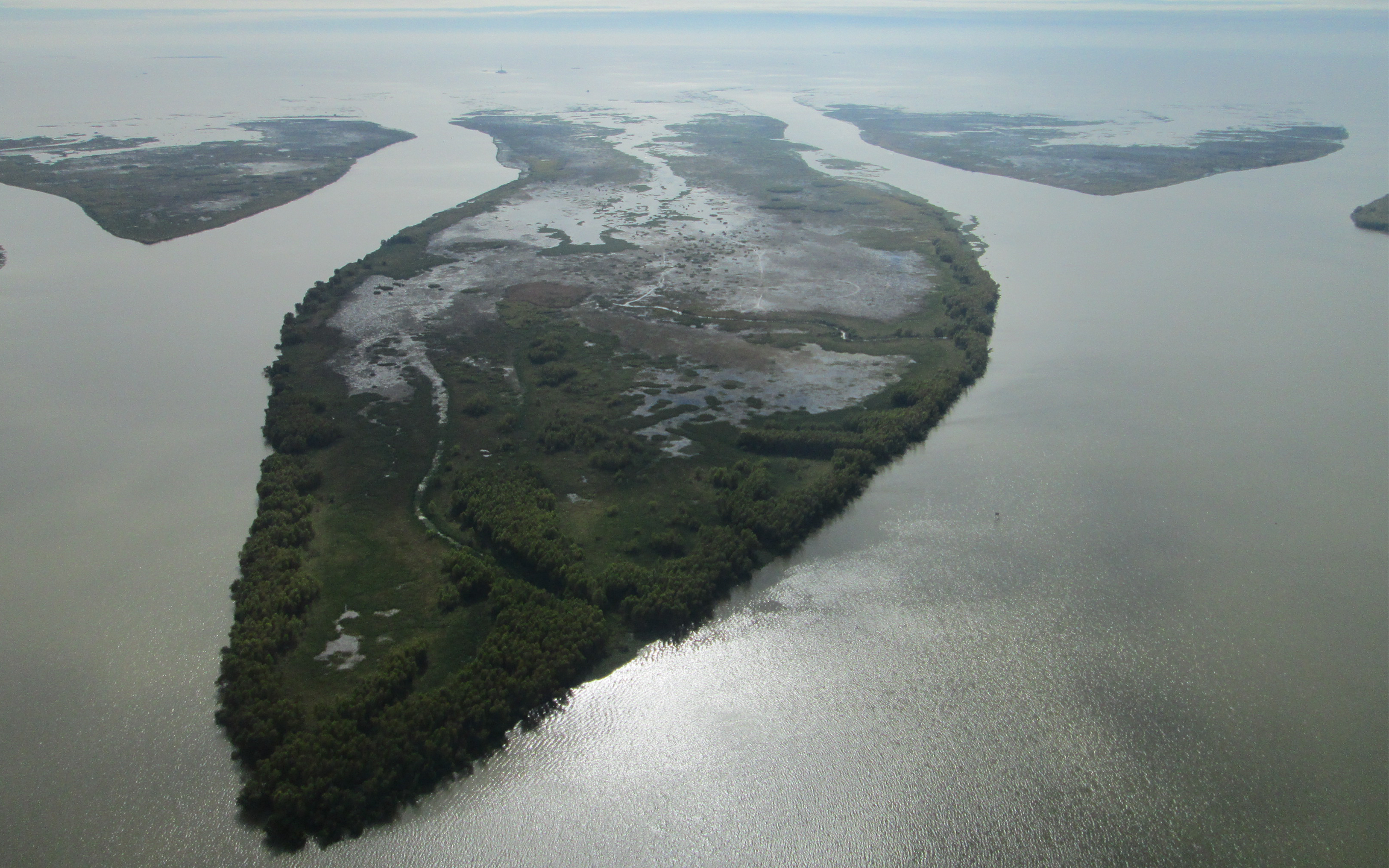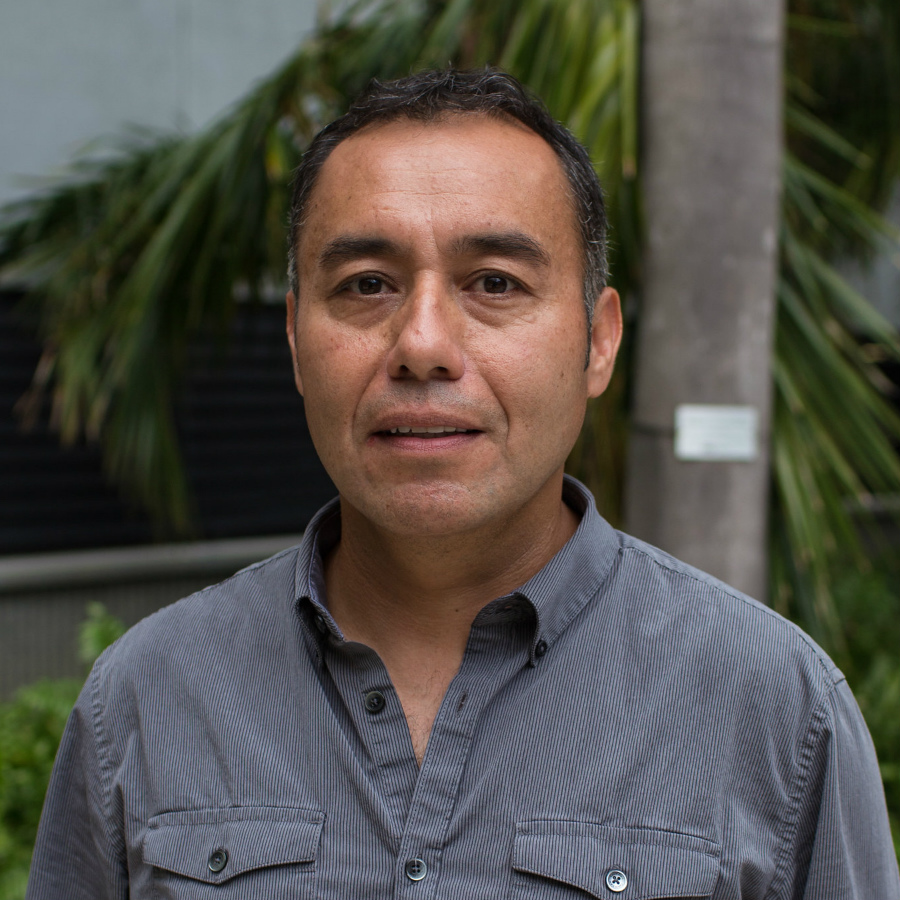- Title: Delta-X Enabling Deltas to Thrive in a Century of Rising Seas
- Principal Investigators: Edward Castaneda
- Funding Amount: $403,337
- Funding Source: NASA Jet Propulsion Laboratory
- Timeline: 05/28/19–12/31/22
River deltas are depositional environments in the coastal landscape that provide critical ecological and socio-economic services, protecting and supporting the livelihood of a disproportionate percentage of the world’s population.

Rivers drain 87% of global landmass and due to their location at the confluence of rivers and the ocean, deltas are uniquely situated to be productive and biogeochemically important ecosystems in the coastal zone. However, many of the world’s active deltaic floodplains are threatened and unsustainable because reduced sediment availability relative to subsidence and sea level rise, results in wetlands drowning under rising seas.
Delta-X studies the vulnerability of coastal deltaic wetlands to sea level rise and reduced sediment input in the Mississippi River Delta (MRD) in coastal Louisiana. The MRD represents 40% of the coastal wetlands in the conterminous United States, but has lost ~5000 km2 of wetlands and the ecosystem services they provide since the 1932 due to human activities. Upstream dams have significantly reduced (64%) the sediment load to the Louisiana coast and river engineering has decreased natural overbank flooding and sediment retention, functionally replicating an abandoned delta.
Wetland vegetation (above- and belowground) contributes to soil accretion directly through organic matter production. In particular, belowground root production and the concentration of refractory organic matter in dead roots are often the most significant factors in controlling organic carbon storage and soil formation in coastal wetlands. Vegetation also contributes indirectly to accretion by slowing flow, thereby promoting trapping and deposition of mineral sediments delivered by the distributary channel network. These processes acting together at different spatiotemporal scales allow wetlands to keep pace with sea level rise. One promising approach to delta restoration is to allow river re-occupation to transform coastal basins from inactive to active deltas, thereby increasing vegetation productivity and sediment accretion. The Delta-X campaigns will provide crucial remote sensing and in situ observations of the high frequency processes governing delta evolution across different areas in the MRD. This information will be used to improve state-of-the-art models to assess the vulnerability and resilience of coastal wetlands and deltas to sea level rise.
Team
Delta-X is an interdisciplinary project including radar scientists, hydrologists, geomorphologists, and ecologists, funded by JPL-NASA. You can find the full science team here.
Principal Investigator
Edward Castaneda
Research Assistant Professor
305-348-7479
ecastane@fiu.edu
VH 332
